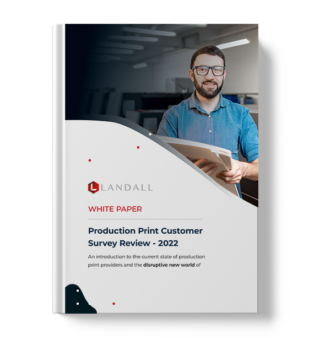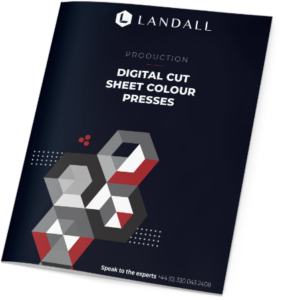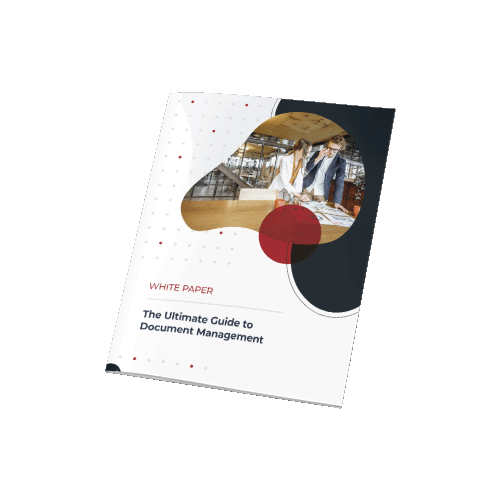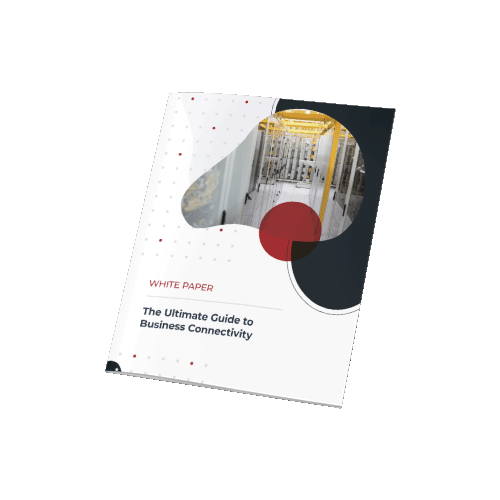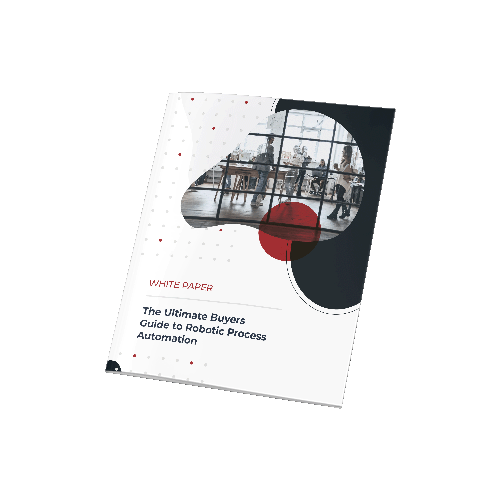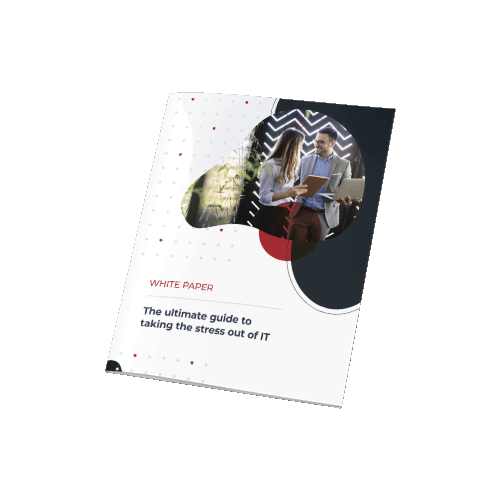Marketing Assistant
Publish on: 21 November 2023 at 12:16
Automating Human Resource (HR) Processes
Picture this: Sarah, a HR manager with an eye for talent acquisition. Her desk, buried under an avalanche of CVs, resembles a paper fortress. As she carefully reviews each resume, the clock ticks away, and the best candidates slip through the hourglass of opportunity. Meanwhile, across the office, James, a HR coordinator, juggles the time-consuming onboarding paperwork – a dance that involves endless forms, countless signatures, and the perpetual fear of misplacing a crucial document. Does any of this sound familiar?
The manual, time-consuming processes not only impede productivity but also stifle the potential for HR to emerge as a strategic powerhouse within the organisation. In an era where digital transformation is the heartbeat of progress, the question arises: “Why are we still tied to outdated methods that drain both time and enthusiasm?”
So, together we will dive into the benefits of automating HR processes, unveiling the untapped reservoir of efficiency that lies beyond the world of paperwork and robotic tasks. As we explore the scenarios of Sarah and James, we pave the way for a future where human resource professionals can reclaim precious time and focus on what truly matters – cultivating a thriving and engaged workforce.
Welcome to the automated future of HR processes…

Simplifying Recruitment
From Tiresome to Tactical
The Manual Process
The manual handling of recruiting staff is a time-consuming process. It starts with job postings across various platforms, followed by sorting through numerous applications, manual data entry, communication coordination, and interview scheduling. This process requires multiple steps to complete, making it take up a major proportion of time. On average it takes 3 weeks to shortlist applications, interview candidates and make an offer to an applicant (University of Oxford).
Examples of this manual process includes:
- Creating and posting job advertisements.
- Sorting through numerous applications received from candidates.
- Manually entering candidate information into systems.
- Communicating with candidates.
- Coordinating appropriate interview schedules for everyone involved.
- Sending over documents back and forth, for different staff to sign off.
How Automation Technology Can Help with Recruitment
HR automation software steps in to seamlessly support with this process. These solutions can collect applications, provide electronic signatures, and even conduct initial candidate screenings based on predefined criteria. By utilising this artificial intelligence, crucial candidate information is effortlessly extracted. The result is a streamlined and remarkably simplified process.
The Benefits of Embracing this Technology
- Swiftly identify and shortlist potential candidates, by enhanced candidate screening.
- Increase accuracy and processing times, seamlessly routing candidates for interviews.
- Increase human interactive and creative tasks.
- Reduce the hiring time process.
- Collecting, storing and disposal of personal data in line with GDPR.
- Reducing the time to sign off documents, based on criteria and electronic signatures.
Imagine this, the once time-consuming task of recruitment now flows with precision, with HR automation ensuring that your organisation attracts and selects the best talent swiftly and efficiently.
Enhancing the Onboarding of New Hires
From Hectic to Harmonious
The Manual Process
Manual onboarding processes involve an array of paperwork, from employment contracts to tax forms. These documents must be filled out, reviewed, and filed correctly. Additionally, there is the time spent organising orientation schedules, ensuring that new hires have access to the necessary resources and ensuring they receive the correct training. All these tasks to get a new hire started, require a lot of organisation and time. In terms of employer onboarding, only 12% of employees strongly agree that their onboarding process is excellent, and it usually takes 12 months on average to onboard a new hire (Gallup).
Examples of this manual process includes:
- Filing, uploading, and storing onboarding paperwork.
- Coordinating orientation schedules for each hire.
- Providing access to necessary tools and resources in a timely manner.
- Scheduling and coordinating training sessions, ensuring all new hires had received relevant training.
- Documenting employee participation and completion.
How Automation Technology Can Help with Onboarding
Automated onboarding solutions streamline the entire process. They can distribute and collect necessary paperwork electronically, track completion, automate the provisioning of access to relevant systems and resources, schedule meetings and report on document completion. This eliminates the need for manual follow-ups and ensures that new hires have what they need from day one.
The Benefits of Embracing this Technology
- Accelerate the onboarding process, getting new hires up to speed quickly.
- Reduce administrative burden associated with paperwork.
- Improving compliance and security.
- Generate comprehensive reports for internal and external stakeholders.
- Building a clear audit trail for compliance purposes and record-keeping.
Picture a world where onboarding is a seamless journey, free from the repetitive manual processes, with new hires effortlessly accessing their contracts and necessary resources, ready to hit the ground running. This is the transformative power of automation in onboarding, creating an environment where every employee starts their journey with confidence and clarity.
Empowering Employees with Self-Service
A Shift Towards Independence
The Manual Process
Managing employee enquiries, leave requests, and personal information updates traditionally required extensive manual intervention. This manual process not only consumes valuable time but also poses the risk of errors and delays in responding to employee needs. Indeed stated that some of the main reasons employees leave their role is due to: them wanting to feel more valued, wanting more independence, or wanting a different work environment.
Examples of this manual process includes:
- Handling employee enquiries and requests through direct communication.
- Manually processing leave applications and updating employee records.
- Managing access to HR systems and employee portals.
How Automation Technology Can Help Empower Employees
Employee self-service technology marks a shift in HR operations. It empowers employees to take charge of their HR-related tasks through user-friendly portals and applications. Through self-service, employees can request leave, update personal information, access company policies, and even view their pay stubs—all with a few clicks. Not only does this free up HR teams from administrative tasks, but it also empowers employees to take control of their information.
The Benefits of Embracing this Technology
- Reducing the time and effort required to manage routine administrative tasks, as employees can access and take control of their administrative tasks.
- Allowing HR teams to focus on more people-centric tasks.
Imagine a scenario where employees have the power to manage their HR-related tasks with ease and efficiency. Embracing self-service technology transforms HR operations, fostering a culture of responsibility and accountability within your organisation.
Want content like this in your inbox?
Sign up and we'll make sure to keep you up-to-date on new technologies, trends, and promotions.
Strengthening GDPR Compliance
From Complexity to Confidence
The Manual Process
Navigating the sometimes confusing and worrisome landscape of General Data Protection Regulation (GDPR) compliance using manual methods can be a daunting task. This process involves many manual checks and validation processes. This reliance on human involvement leaves room for potential oversights, inaccuracies, and increased stress for your HR team. An Academia study showed that 81% of HR reports had been at risk of GDPR compliance.
Examples of this manual process includes:
- Manual verification to ensure that all data processing aligns with GDPR requirements.
- Generating accurate and comprehensive reports for internal and external stakeholders.
- Organising and retaining relevant documents in compliance with GDPR retention policies.
How Automation Technology Can Help with GDPR Compliance
Automation technology is the reliable guardian of GDPR compliance tasks for HR departments. This solution ensures that your data processing activities adhere to GDPR without fail. Intelligent AI monitors every aspect of data processing. From consent records to data storage practices, the system ensures that all information aligns seamlessly with GDPR standards.
The Benefits of Embracing this Technology
- Ensuring that data is vetted according to your organisation’s GDPR policies.
- The risk of human errors is significantly reduced.
- Safeguarding you against potential fines for non-compliance.
- Timely reporting and accurate generation of reports for stakeholders.
- Storage and retrieval of personal data is simple and compliant with GDPR.
Imagine a scenario where all data processing activities are in perfect harmony with GDPR, all documents are automatically verified, documents including personal data are stored and disposed of correctly, reports are generated, and ready to send to stakeholders. Embrace automation to navigate the GDPR landscape with confidence and precision.
Embrace the power of automation advantages and join us on a journey to automate your HR processes, by contacting Landall Services today: +44 (0) 330 043 2408














